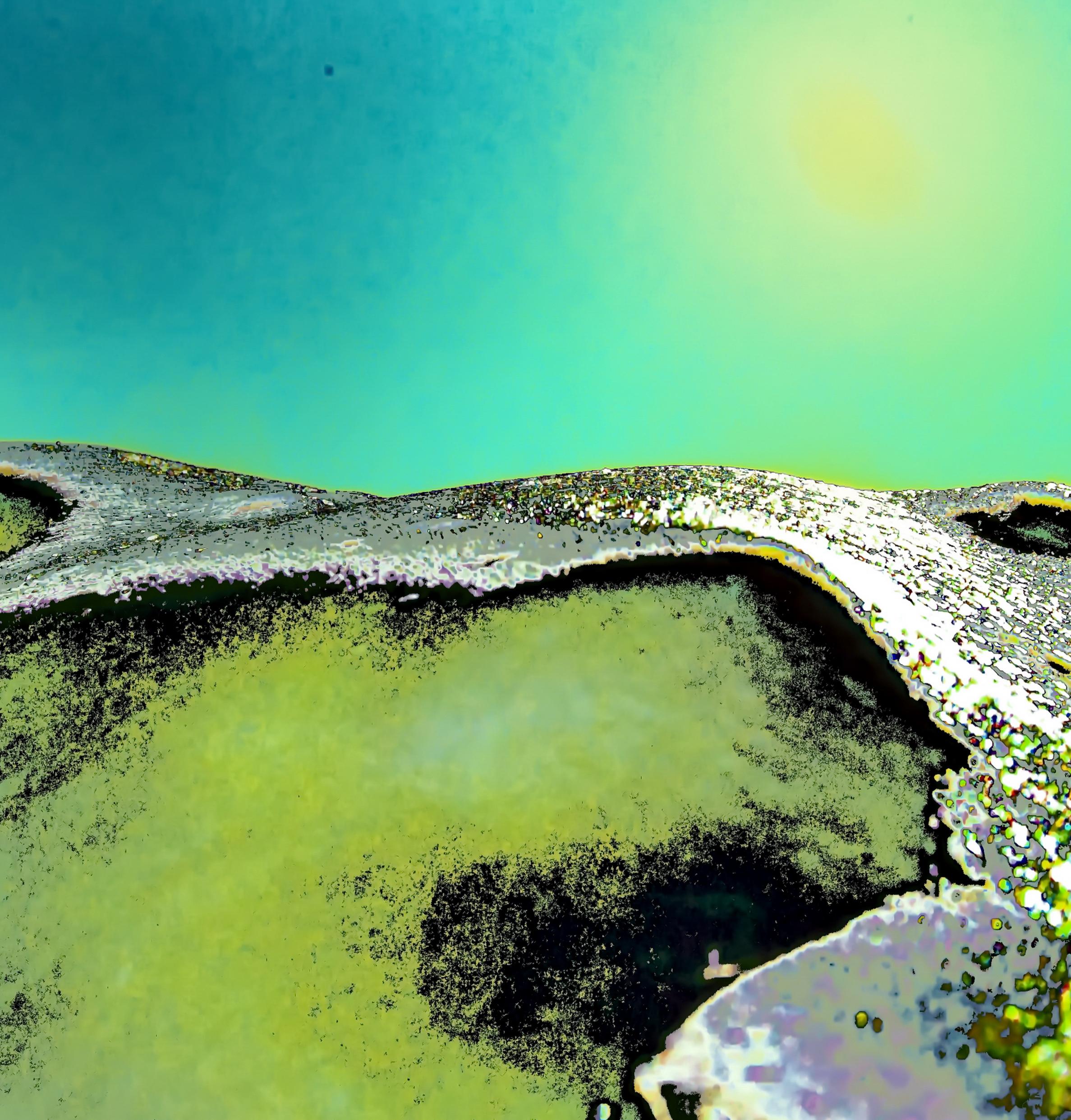
2 minute read
BRIAN SMITH
When did you first become interested in art?
I’ve been interested in art from a young age. It’s always been a large part of who I am and how I express myself.
How did you get to where you are today in your practice?
My schooling, both undergraduate and graduate, has certainly helped me refine my interests in art, both in terms of technique and content, but I think my persistence in the studio is how I’ve gotten where I am today. I process desires and research through my work and seek an understanding of the world I encounter. My content could be perceived as academic and analytical at times, but it is entirely autobiographical in its nature, as it documents my attempts to fully understand what interests me, at the intersection of what confuses me.
What has been the most challenging aspect of your art career?
Financial accessibility. Whether it’s schooling, having a studio space, applying to shows/grants/ fellowships/etc. it's an expensive career that is oftentimes thankless financially. It’s frustrating, really—a career that is supposed to be such a pure form of expression is oftentimes represented by only the folks who can afford the eyes of the masses. The ones who can afford extensive studio time are oftentimes the ones who don’t have to work a second job to afford their passions, and they get rewarded for their extensive bodies of work. It’s fortunate for them, and this comment is not to tear down those who can afford those luxuries, but what I’m saying is that there needs to be some type of reform in how the art world revolves.


Where do you find inspiration?
Making art, for me, is about observing and translating how we encounter the world and the experiences we have; In many ways, every piece I’ve made is a self-exploration or self-portrait. To that extent, there are qualities of myself that are difficult or impossible to divorce from who I am, and this shows up in my work. As with many, queerness is a part of myself that was encouraged by society to be dim throughout the early years when I was first understanding that quality of myself. At this point, snapping back like a rubber band, it’s something that I feel urgently should be present in everything I do. Yes, queerness involves sexual attraction, but it is also this amorphous energy that is challenging to define, and questions the routine/understanding of everything. My research into Queer Ecology solidifies that the construct of natural vs. unnatural revolves around humancentric ideals and is ultimately invalid. At the end of the day, the word nature/ natural is either all-encompassing or means nothing at all and there’s queerness in questioning this concept; therefore when I use tropes of the human construct of nature within my work, my hope is that it evokes questions of what is truly natural—if anything.
Which artist do you look up to? Any artists you're loving at the moment?
Doron Langberg, Giovanni Vetere, Lina Lapelytė, Vaiva Grainytė, Rugilė Barzdžiukaitė, Rasmus Myrup, Pacifico Silano, Naomi Nakazato.
What's one thing people should know about you?
I’m very gay, lol.











